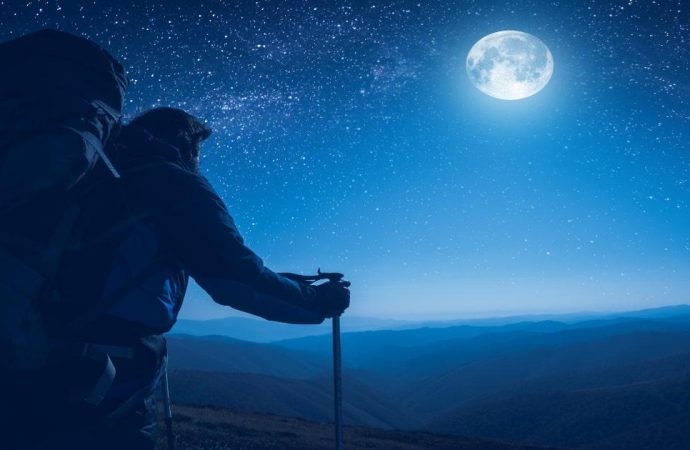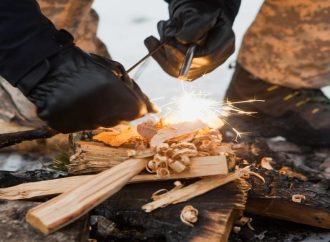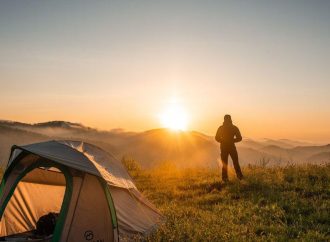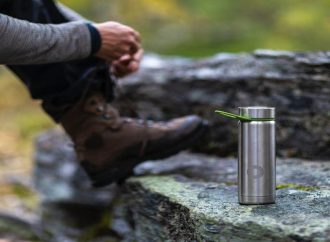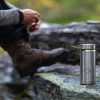We don’t know what the future holds, but when SHTF it’s likely our safety will be compromised in one way or another. In this dystopian reality, it may only be safe to move around at night when you’re less likely to be seen by unfriendly individuals. This could be especially true if you’re a prepper
We don’t know what the future holds, but when SHTF it’s likely our safety will be compromised in one way or another. In this dystopian reality, it may only be safe to move around at night when you’re less likely to be seen by unfriendly individuals.
This could be especially true if you’re a prepper bugging out in the UK, where you’ll need to hike at night to be able to travel around your area to a bug out spot or other location and still remain undetected.
Hiking at night can be dangerous even in times of safety. There’s a lot you need to keep in mind if you want to stay safe, and in this article, we’ll discuss how to hike at night safely, which night time equipment you should consider and increase your chances of getting to where you want to be in one piece.
Know Your Trail
The first item on our list is the most basic and the most important. It may seem a bit obvious, but you should try to get to know your trail before using it at night. You should examine the route from start to finish on a detailed map of your area, taking note of anything that could cause you issues such as marshland or elevated terrains.
We recommend walking the trail in daylight first, or at the very least setting out on the trail at dusk when there is enough light to still see the ground. This way, you’ll be able to avoid potential hazards such as rocks and holes.
Of course, if it’s not safe for you to move around in any types of daylight at all, this could be more difficult than it sounds. It might be worth risking this to get to know your trail, though. If you already havea bug out plan to head to a certain location, why not do as many trial runs as you think is needed in these times or normality.
After all, you don’t want to go to all the effort of bugging out in the wild, only to fall off a cliff face because you didn’t know it was there.
If you really have to hike at night without knowing the trail, move slowly, give your eyes time to adjust to darkness and different shapes, and keep your ears alert for signs of moving water and other hazards.
Choose to hike on nights with some moon light or on nights that aren’t completely pitch black.
Have The Right Equipment
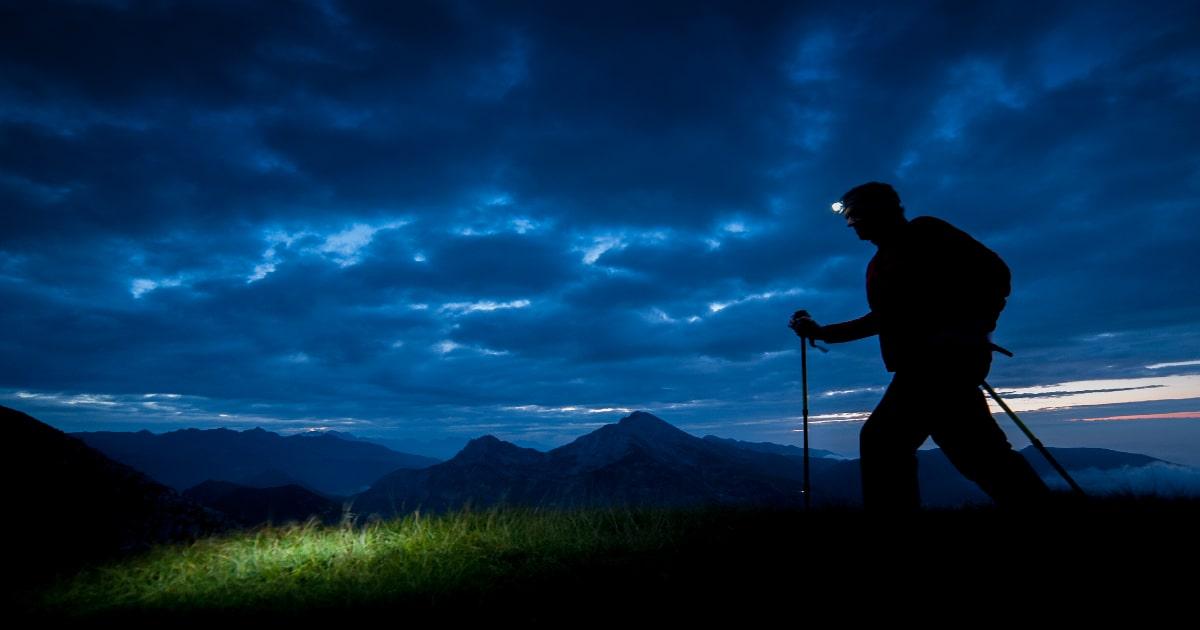
If you’re going to set out on a night hike, we highly recommend that you bring supplies. Forget about the supplies making your backpack too heavy or anything like that – these things really are essentials for your safety.
A quality head torch can be invaluable if there are parts of your trail you’re unfamiliar with and you need to shine it down on the ground. Make it a head torch in addition to a hand torch, as you’ll have less chance of dropping it and losing it or it getting broken.
The next thing you will need is some food and water. Having something to eat and drink could save your life if you get lost, not to mention just giving you some needed energy if you’re tired on your long night time journey.
We highly recommend a walking pole, as using a stick or a pole can help to propel you up hills, while giving you more stability on uneven ground. A pole can also help you to check the lay of a trail in the dark if you don’t have a light.
Another thing we recommended shoving into your pack is a tent for shelter and a sleeping bag. This could make your pack weigh more than you’d like, but particularly if you’re hiking in unfamiliar areas and you get lost, a tent and sleeping bag could make a real difference. As it’s night time, you’ll likely be tired more easily too after a few hours of hiking, so get your head down and continue before the sun comes up.
You could also bring lots of other helpful items such as a local map of the area and a compass for navigation, a first-aid kit, and some night vision goggles. Night fishing can also be very popular because some fish are often more active at night.
You might also need to bring some form of weapon if our future world becomes a hostile place when SHTF.
Wrap Up Warm
Following on from our suggestion of bringing some supplies on your hike, it’s important that you wrap up with warm clothing, even if you’re hiking in the height of a warm summer. Once the sun goes down, temperatures can become unpredictably cold out of nowhere.
You also need to think about if it will rain or not and plan accordingly with waterproof clothing. Rain may also cause flooding and affect the safety of your trails.
Travel In A Group
If you’re not bugging out alone, bringing a family member or a companion could be the difference between surviving or not.
We always recommend buddying up while hiking at night to give each other support in times of need. These times of need could be anything from being injured, to one of your companions simply remembering the way home when you have forgotten.
If you’re not bugging out alone but the person just won’t hike with you, at least tell them before you hike at night so they can look for you if you end up running into any trouble.
Summary
We hope we’ve been able to give you some handy tips about how to hike at night. It really might be a necessary way of travelling when SHTF.
If the world isn’t such a hostile place when SHTF, hiking at night can simply just be a rewarding pastime with the myriad of stars overhead.
Once you’re able to hike at night safely, it can be a magical activity that offers you the chance to connect with nature and wildlife in a way that just isn’t quite the same in the daylight hours.

